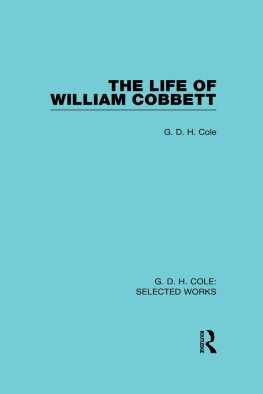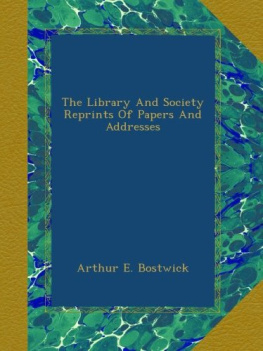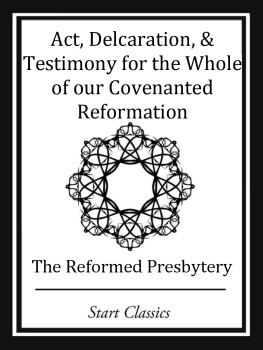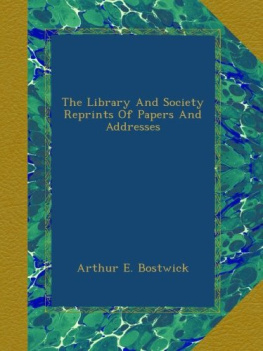OXFOBD UNIVERSITY PB.BSS
AMEN HOUSH, B 0. 4
tONEON HDINBURQH GLASGOW
IHIPZIG NHWYOBK TORONTO
MHEBOITBNB CAPETOWN BOMBAY
CALCUTTA MADHAS 8IIANGHAI.
HUMPKRET MILFOED
PUBLB3HBB TO THB
TOTVHRSITT '
' \
. rr,
PHIWEHD IN QBHAX BBETAIN AT IHH TOlVaiiaCTY PRH33, OXFORD BY JOHN JOHNSON, PBINTJ1IR TO TUB UMIVHRSITY
PREFACE ' x
, '<
THB treatise embodied in the following pages has been compiled as a-complementary volume to the -Microbiology of Cellulose, HemicelMoses, Pectin, and Gums published by one of the writers (A. C. Thaysen) in collaboration with Mr. H. J. Bunker in 1927. '
Taken togetheif the two volumes endeavour to review the microbiology*of the carbohydrates, a subject, it will be realized^ whicB covers a very wide field, particularly the section which is now placed in the hands of the publishers under the Mtle of tne Microbiology^ of Starch and Sugars. Considerably more than three thousand original publications bearing on the subject have had to be examined in detail, and though it is hoped that the bulk of the relevant literature has been considered, the writers are anxious to acknowledge that some papers, even perhaps some quite important papers, may have escaped their notice, particularly any such which have been published in languages other than English, French, German, Dutch, Danish, Swedish, and Norwegian.
The volume has been written from the point of view of the research worker, and in addition to compiling existing knowledge it endeavours to point out paths which might be followed by workers who desire to extend their knowledge of the action of micro-organisms on starch and sugar.
As in the treatise on the microbiology of cellulose, the term 'micro-organisms' has been adopted to designate all microscopic organisms, whether belonging to the animal or to the vegetable kingdom. The word 'bacteria' has been used colloquially for all rod-shaped schizomycetes belonging to the JSubacteriales. Where a distinction in the Latin nomen
clature has been necessary among the "bacteria, the system followed by Lehmann and Neumann and by Bergey has been adopted, a spore producing rod being termed 'BacttlMs' and a non-sporing rod 'Bacterium'.
The writers are anxious to place on record the valuable help rendered them by members of the staff of the Department of Scientific Research of the Admiralty and of the Department of Scientific and Industrial Research.
They also greatly appreciate the permission granted them by the Lords Commissioners of the Admiralty to publish their treatise.
Last but not least they are most sincerely indebted to the publishers," the Oxford University Press, for their never failing patience, which must have been taxed to the utmost by the long-delayed delivery of a promised manuscript. The writers can only plead in their defence, that the task undertaken by them was found to be much greater than had been originally anticipated.
HOLTOST HEATH, September 1929.

CONTENTS PREFAOB ......
PABT ONE
I. Outline of the Constitution and the Biochemical Properties of Starch, Glycogen, and
Tnnlin ....... 3
n. Microbiological Hydrolysis of Starch, Glyco
gen, and Inulin ...... 16
HI. The Hydrolysis of Tetra-, Tri-, and Disac
charides ....... 40
IV. Hydrolysis of Gluoosides .... 65
PART TWO V. The Fermentation of Monoses ... 77
VI. The Dehydrogenation of Hexoses resulting in the Production of Gluconic, Saccharic, Suc-cinio, Fumario, Oxalic, and Citric Acids . 92
VET. The Aerobic Dehydrogenation of Hexoses, resulting in the Formation of Acetic and Formic Acids, Acetylmethylcarbinol and 2:3 Butyleneglycol 106
VIII. The Facultative Anaerobic Dehydrogenation of Hexoses resulting in the Production of Acetic Acid, Formic Acid, Ethyl Alcohol, Acetylmethylcarbinol and 2:3 Butyleneglyool 111
IX. The Facultative Anaerobic Dehydrogenation of Hexoses involving the Formation of Lactic Acid as an essential Decomposition Product /. The groups of Bact. coli commune and Bact. lactis aerogenes....116
X. The Facultative Anaerobic Dehydrogenation of Hexoses involving the Formation of Lactic Acid as an essential Decomposition Product //. The group of the lactic acid bacteria . 125
PAGE
XI. The Facultative Anaerobic Dehydrogenation of Hexoses, involving the Formation of Lactic Acid as an essential Decomposition Product ///. Propionic acid bacteria...136
XII. The Obligatory Anaerobic Dehydrogenation of Hexoses The production of n-butyric acid and n-buiyl
alcohol 142
TTTT. The Fermentation of Pentoses...162
PART THREE
XIV. The Synthetic Activities of Micro-organisms . 173 XV. The Mucus Fermentations....181
PART FOUR
XVI. The Microbiology of Cereals and Cereal Products 191
XVII. The Microbiology of Grain and its Milling
Products, Bran and Flour....196
XVIII. The Microbiology of Starch-containing Sizing
Materials and Adhesives....210
XIX. The Microbiology of Baking...219 XX. Diseases of Bread 246
PART FIVE
XXI. The Microbiology of Sugar-Cane, Sugar-Beet,
and their Raw Juices.....261
XXII. The Microbiology of Cane Juice and Beet Juice
in Manufacture ...... 278
XXTTT. The Microbiological Deterioration of Sugar in
Storage 289
INDUS OE AUTHOBS 306
SUBJECT INDEX 324
PART ONE
CHAPTER I
OUTLESTE OF THE CONSTITUTION AND THE BIOCHEMICAL PROPERTIES OF STARCH, GLYCOGEN, AND INUUN
Starch. The constitution of starch, its depolymerisation and its conversion through hydrolysis into simpler carbohydrates have long been favourite subjects for investigation. But though recent years have witnessed a certain simplification of the conception of these problems, much work has still to be done before the chemistry of starch and the constitution of this polysaccharide are fully understood.
The bulk of the existing literature on starch and starch hydrolysis is now of little more than historical interest and cannot be dealt with here. It must suffice briefly to refer to the few publications which have had a direct bearing on more recent fundamental researches. Among these must be mentioned Kirohoff's 1 observation in 1812 that boiling with dilute mineral acids converts starch into a sugar; de Saussure's 2 record in 1819 of the spontaneous decomposition of starch with the formation of sugars; and Dubrunfaut's 3 study of the action of malt extracts on starch, which led to Payen and Persoz's 4 isolation of diastase (malt amylase) in 1833. In 1847 Dubrunfaut 6 showed that the sugar, termed maltose by him, which he obtained from starch by the action of malt amylase, and which in the course of time had come to be regarded as identical with glucose, was in fact different from this sugar, yielded by starch on hydrolysis with dilute acids. Dubrunfaut's researches were considerably extended by O'Sullivan 6 from 1872 to 1876. O'Sullivan found that the maltose obtained from starch by the action of malt amylase was a disacoharide with about double the rotatory power of glucose, but with a lesser reducing action towards Folding's solution.
During the eighty years following the discovery of malt













